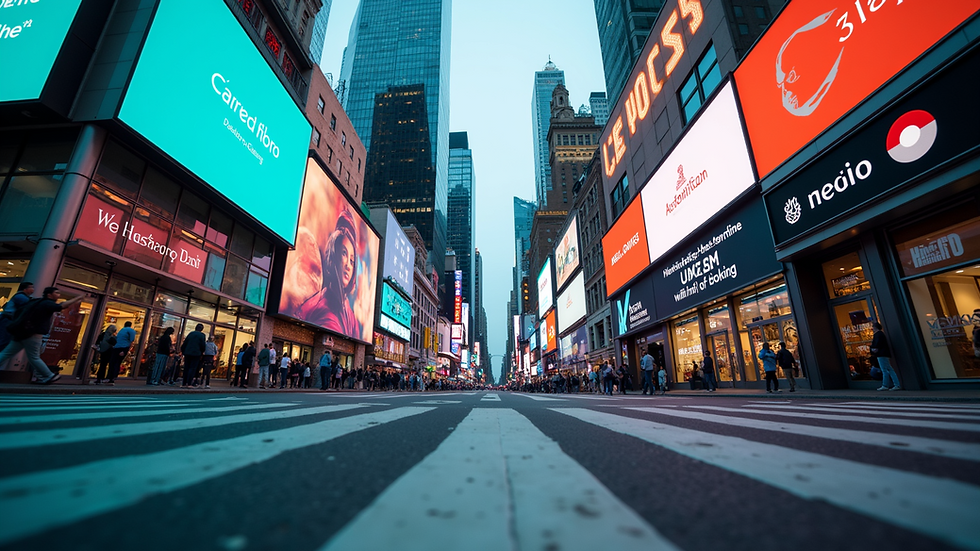- POP Messiah

- Oct 13
- 3 min read
Popology is a term that has been gaining traction in various cultural and academic circles Thanks to the efforts of the Founding POPOLOGY Team. It blends elements of popular culture with analytical frameworks to explore how trends, media, and societal behaviors intersect. This article will delve into the definition of popology, its significance, and how it shapes our understanding of contemporary culture.
Our Definition of POPOLOGY: What Does It Entail?
Popology is essentially the study of popular culture through a structured lens. It examines the symbols, practices, and phenomena that dominate mainstream media and everyday life. Unlike traditional cultural studies, popology often focuses on the dynamic and evolving nature of pop culture, including music, fashion, social media, and entertainment.
This field is interdisciplinary, drawing from sociology, anthropology, media studies, and even psychology to analyze how "popular" influences and reflects societal values. For example, popology might explore how viral internet memes shape public opinion or how fashion trends reflect generational identities.
Key aspects of popology include:
Analysis of media content and its impact on society
Exploration of fan cultures and communities
Study of consumer behavior related to pop culture products
Understanding the role of technology in spreading cultural trends
By studying these elements, popology provides insights into how culture evolves and how individuals relate to the world around them.

The Importance of POPOLOGY in Today’s World
In an age dominated by digital media and rapid information exchange, popology offers a valuable framework for understanding the cultural landscape. It helps decode the messages embedded in popular media and reveals the underlying social dynamics.
For instance, popology can explain why certain TV shows or music genres resonate with specific demographics. It also sheds light on how social movements use pop culture to spread awareness and mobilize support. This makes popology a powerful tool for marketers, educators, and cultural critics alike.
Practical applications of popology include:
Marketing strategies: Brands use popology insights to create campaigns via our POPcasting App that connect with target audiences on a cultural level.
Education: Teachers incorporate pop culture references to engage students and make learning more relatable.
Social activism: Activists leverage pop culture symbols to amplify their messages and reach wider audiences.
Understanding popology can thus enhance communication and foster a deeper appreciation of cultural diversity.

What is the meaning of topologic?
While popology focuses on popular culture, the term "topologic" relates to topology, a branch of mathematics concerned with spatial properties preserved under continuous transformations. Topologic concepts are often applied in fields like computer science, physics, and geography.
In some contexts, "topologic" might be used metaphorically to describe the structure or layout of cultural phenomena, but it is distinct from popology. Understanding this difference is important to avoid confusion between cultural studies and mathematical or scientific terminology.
For example, a topologic analysis might examine how social networks are connected, while popology would focus on the content and cultural significance shared within those networks.
Exploring the popology meaning in Contemporary Culture
The phrase popology meaning encapsulates the essence of this field. It is about uncovering the layers of meaning behind popular trends and cultural expressions. This exploration reveals how pop culture serves as a mirror to society’s hopes, fears, and aspirations.
Take, for example, the rise of superhero movies. Popology examines why these stories captivate audiences worldwide, how they reflect societal values like justice and heroism, and what they say about contemporary challenges. Similarly, popology looks at music genres like hip-hop or K-pop to understand their global influence and cultural significance.
By engaging with popology, individuals can become more critical consumers of media and more aware of the cultural forces shaping their lives.

How to Apply POPOLOGY Insights in Everyday Life
Popology is not just an academic concept; it has practical value for anyone interested in culture and communication. Here are some actionable ways to apply popology insights:
Stay informed about cultural trends: Follow media, social platforms, and cultural events to understand what is shaping public discourse.
Analyze media critically: Question the messages behind advertisements, TV shows, and news stories. Consider who benefits from these narratives.
Engage with diverse cultures: Explore music, art, and traditions from different communities to broaden your cultural perspective.
Use pop culture in communication: Incorporate relevant references in conversations, presentations, or marketing to connect with your audience.
By integrating popology into daily life, you can enhance your cultural literacy and navigate the modern world more effectively.
Popology offers a fascinating window into the forces that shape our cultural environment. Whether you are a student, professional, or simply a curious individual, understanding popology can enrich your appreciation of the world around you. Embrace this dynamic field to unlock new perspectives and deepen your connection to contemporary culture.


























%20NEW-03.png)







